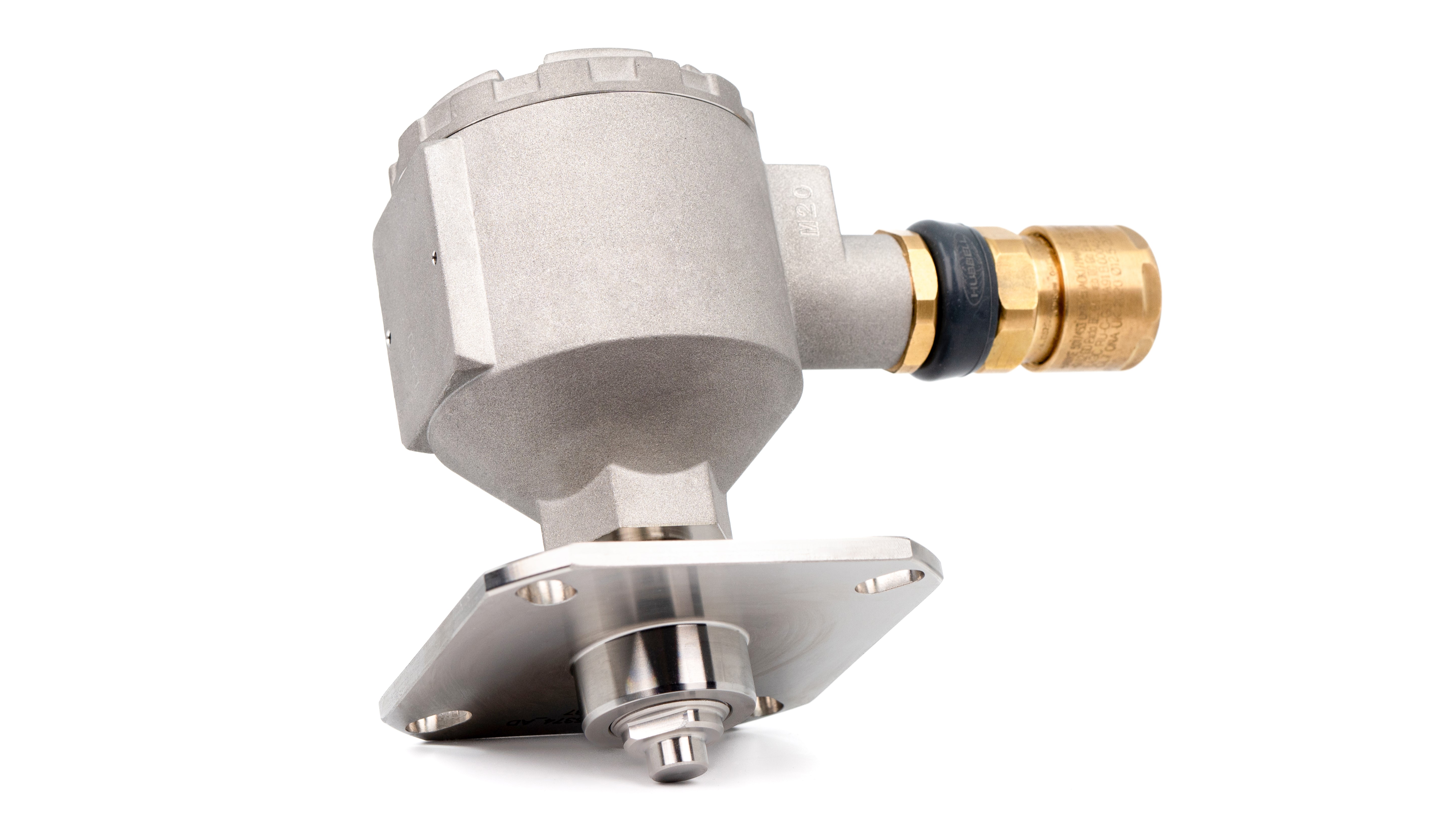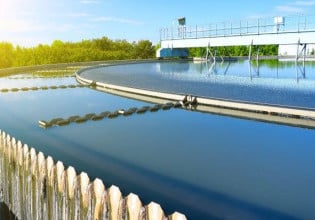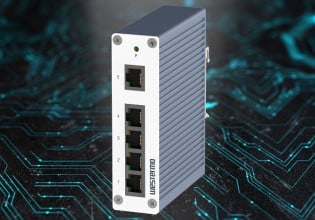Emerson Releases Acoustic Particle Monitor for Sand Management
Emerson has developed an acoustic particle monitor that calculates sand loading in pipelines to prevent erosion and costly downtime.
Emerson has developed a continuous method for sampling sand loading in oil and gas well streams. The new Rosemount SAM42 acoustic particle monitor listens to the fluid as it passes through pipelines, determining how much sand is present in the stream. From there, mathematical modeling software converts the sand load into an erosion rate, helping oilfield engineers determine proper maintenance and replacement schedules for these pipelines.

Sand loading causes erosion, particularly at pipe bends and narrow orifices. Image used courtesy of Emerson
Erosion Risk
Erosion drastically reduces the lifetime of equipment. Erosion often refers to the carrying away of dirt—in this context, it refers to the carrying away of material from process equipment due to the bombardment of hard particles. Consider a sandblaster—it uses high-pressure air to propel sand into an object to strip away paint, rough up the surface, and so on. While sandblasting is done intentionally, there are many instances where sand or grit in a process stream is chipping away at pipelines and equipment.
Measuring Erosion
There are several methods to measure equipment and pipeline health. One method is to take process equipment and pipelines out of service frequently and perform routine inspections. This method is time-consuming and expensive.
Another method is to sample the air and determine how much of the process stream is loaded with particles. In this method, process streams are sampled and analyzed using particle size analyzers to determine the loading. Airstreams are captured periodically, and the loading is calculated. From there, mathematical models can be used to determine how quickly erosion is occurring. The problem with this method is that particle loading is not constant, and loading five minutes ago may not be the same as loading five minutes from now. This means the erosion rate is also highly variable.

Emerson’s Rosemount SAM42 Acoustic Particle Monitor. Image used courtesy of Emerson
Emerson Rosemount SAM42
Emerson’s Rosemount SAM42 is an acoustic sensor that listens for specific sounds as sand particles impact the sides of pipelines to overcome the risk of erosion. These sounds are cataloged and used to determine the amount of sand present in the stream. Instead of batch sampling, it monitors continuously, yielding a holistic dataset integrated across long periods. From this data, plant engineers can more accurately prepare for maintenance.
Besides providing more comprehensive data, the Rosemount SAM42 does not require any pipeline penetrations. It can be placed against the pipeline, making it easy to install. Furthermore, it is explosion-proof, which is always an advantage when working near flammable liquids and vapors. It can also withstand pipeline surface temperatures of -40 °F to 554 °F, making it suitable for high-temperature extraction in the Permian Basin or cold temperatures found in Alaska.
Data is transferred via Modbus RTU RS485. While the onboard processor can be used for many calculations, the ability to send key process data and link the sensor with other assets improves monitoring accuracy.

The Rosemount SAM42 monitors sand to prevent erosion in oil and gas pipelines. Image used courtesy of Emerson
Oil and Gas Production
Sand loading and the erosion caused by it is a major problem in many oil and gas pipelines. The ability to provide real-time, continuous sand loading data optimizes scheduling maintenance, full inspection, and replacement tasks.






